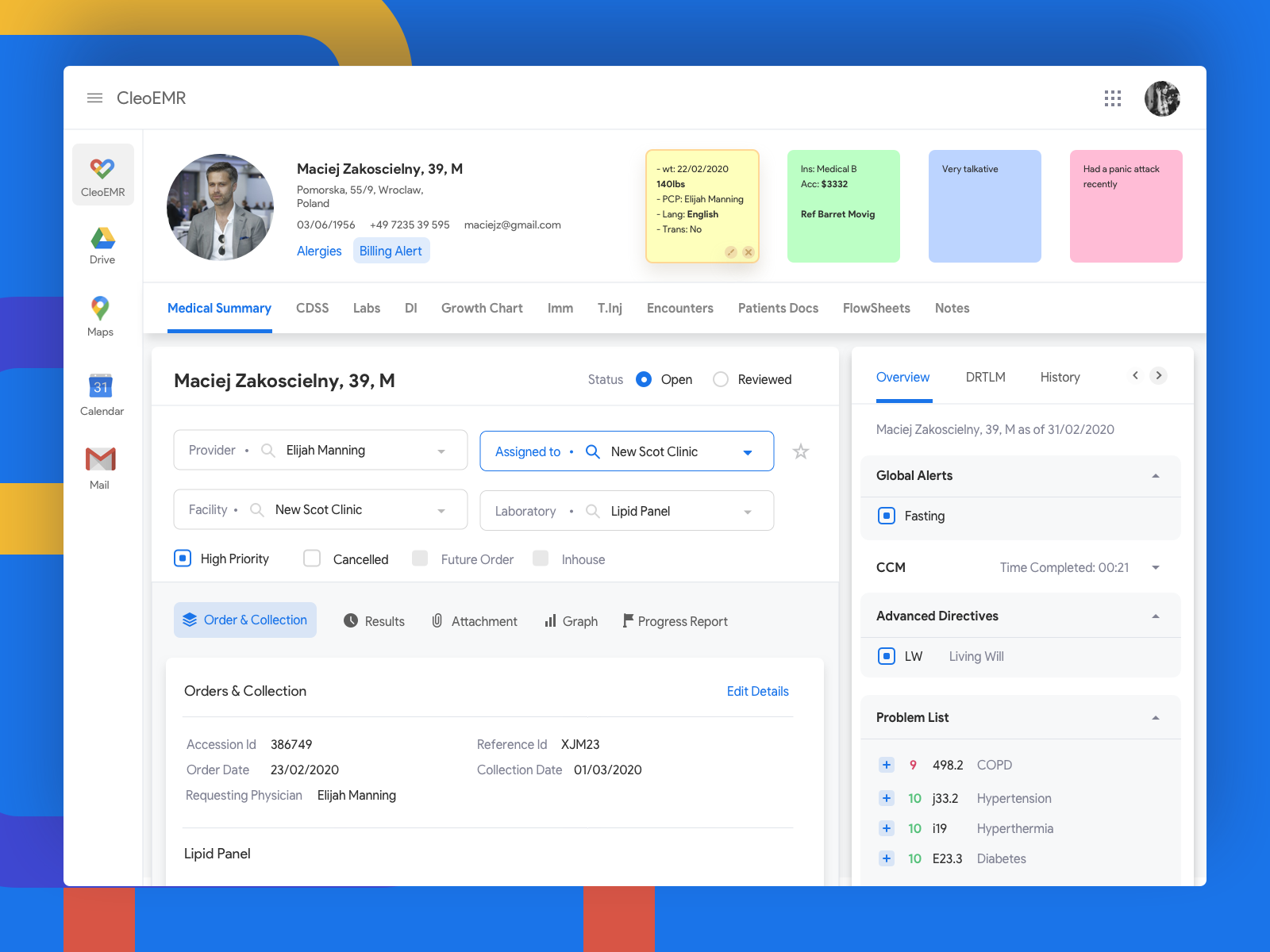

eBay's bidding core is designed to bring out the effect of a second price auction, allocating the goods to the highest bidder at a bid increment above the second-highest bid. On eBay, bidding is done through the use of a proxy bidding agent. We finish by demonstrating how an understanding of economic market mechanisms, through the introduction of news auctions rules, can help avoid this precipice.Ĭonsider the auction rules of eBay, the single largest online auction house. We illustrate conditions where such agents could lower economic efficiency, promote collusive bidding, and ultimately push electronic auctions towards a precipice. We discuss the mechanics of current bidding technology on eBay, compare the architecture of two relatively more sophisticated third-party bidding agents, and report on a field experiment that deployed one of these agents on eBay. This field deals with incentives and how they can be aligned to practically implement good systemic solutions to problems involving several self-interested economic agents. This position is substantiated through the use of common terminology in the subfield of micro-economics called mechanism design. We predict that an emerging technological force, in the form of ubiquitous open-source smarter bidding agents, is likely to have a significant influence on their future practice. In this article we take a critical look at the mechanism design choices the auctioneers have made. They attract legions of buyers and sellers and have evolved from a bare-bones architecture designed solely to match buyers and sellers to a sophisticated virtual marketplace with value-added services such as feedback mechanisms, payment processing, and escrow services. Any design changes need to be done to the source database.Online auction houses such as eBay, and to an extent Ubid, have become household names in today's networked economy. You can also open the linked tables in Design View, but you won't be able to change the design.

Likewise, any updates done from within SQL Server are also reflected in your linked tables in Access. Any data updates you do in Access are updated in the SQL Server database.
#Jbidwatcher cant acess data base update#
You can now open the linked tables in Datasheet View, and update the data as required. Not all tables will necessarily belong to the dbo schema, so your tables may include a different prefix, depending on the schema that each table belongs to in SQL Server In SQL Server, this would be represented by dbo.

The dbo_ prefix represents the schema name from the SQL Server database. Also, the SQL Server tables use a globe icon, which is different to the table icon used for a linked Access table. You can always identify a linked table by the little arrow icon to its left. The linked tables now appear in the left Navigation Pane. You can verify this by viewing the table in Design View later. This step will set the selected fields as primary keys in Access.


 0 kommentar(er)
0 kommentar(er)
